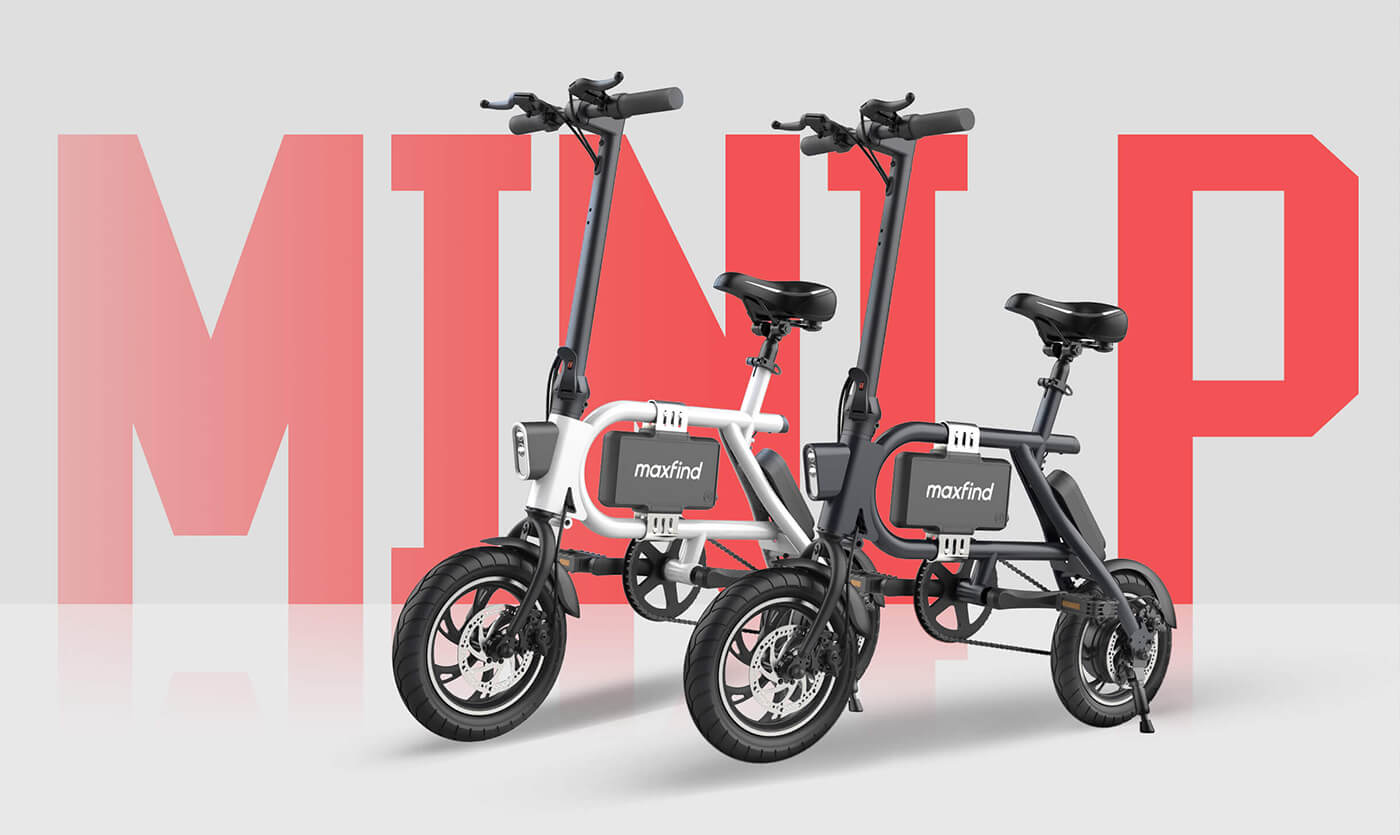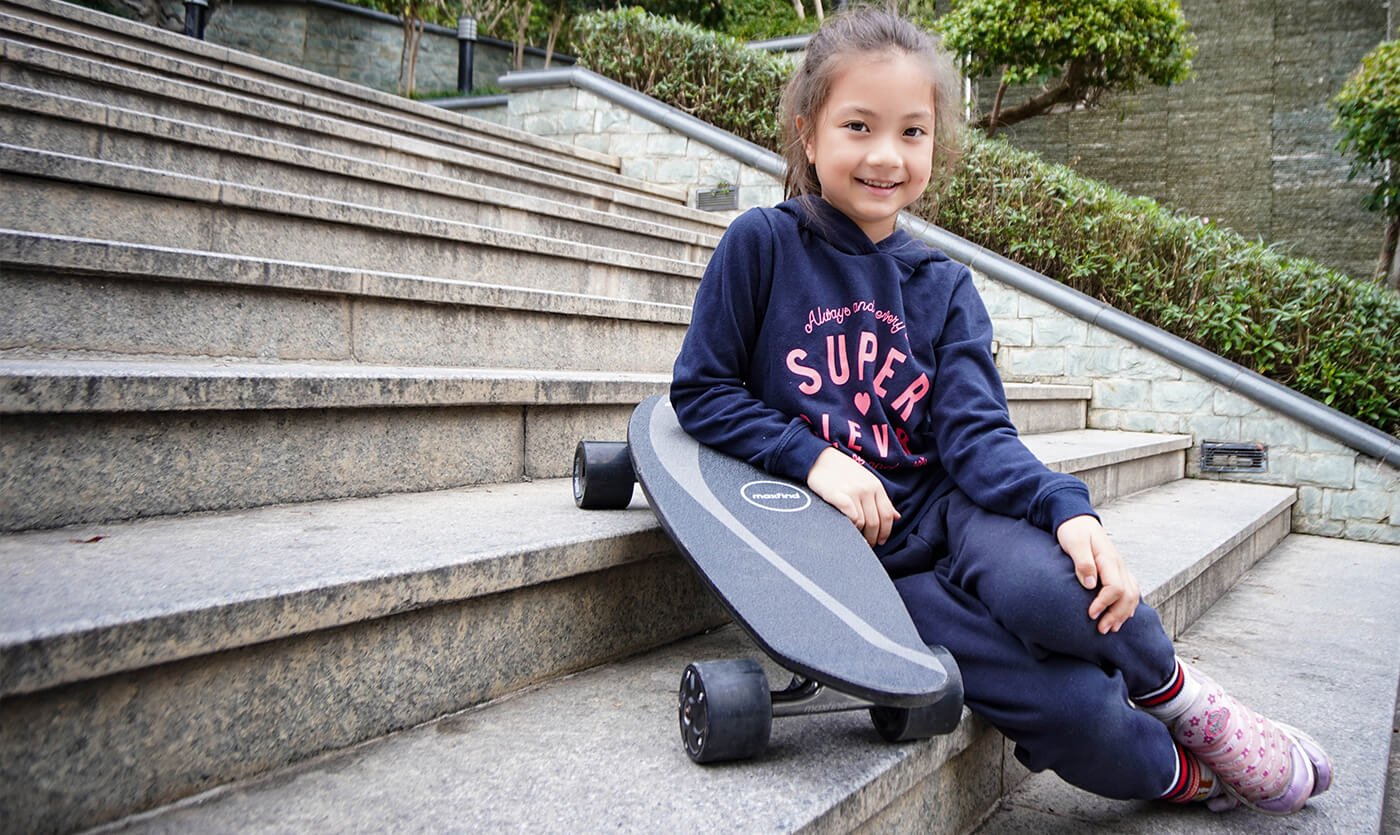Mini e-bikes generally reach 15–20 mph, while Class 3 models can legally assist up to 28 mph. This guide breaks down how speed rules work by class, what factors like rider weight, terrain, and tire pressure do to real-world pace, and how to choose the right bike for your target cruising speed and local laws.

How Fast Are You Allowed to Go
Riding speed isn’t just a performance question—it’s a rules question. In the U.S., e-bikes are commonly grouped into three classes that cap assisted speed and, in some cases, throttle use. Always check your state and city rules before you buy or unlock a bike.
Class 1 and Class 2 basics
-
Class 1: Pedal assist only, typically capped at 20 mph.
-
Class 2: Pedal assist plus throttle, also typically capped at 20 mph for assisted speed.
-
Where you can ride: Many shared paths allow Class 1 and 2, but local rules vary.
-
Quick step: Look for a permanent class sticker on the frame. If it’s missing or wrong, contact the brand.
Class 3 basics
-
Class 3: Pedal assist to 28 mph, usually no throttle above 20 mph.
-
Where you can ride: Often allowed in bike lanes on roads; sometimes restricted on multi-use paths.
-
Age/helmet notes: Many places require helmets and set a minimum age for Class 3.
-
Quick step: If you plan to ride shared paths, confirm Class 3 access with your local rules before buying.
What Really Affects Speed
Speed is more than a motor rating. Real-world pace changes with terrain, weather, and setup. A few small tweaks go a long way.
Rider weight and cargo
What happens: Heavier loads make the motor work harder to hold speed, especially on hills.
Quick steps:
-
Be honest about your rider plus cargo weight.
-
If you want to cruise near 20–28 mph, lean toward a stronger motor and higher-capacity battery.
-
Distribute weight low and centered (panniers beat backpacks for stability).
Hills and wind
What happens: Headwinds and long grades cut speed quickly; tailwinds and downhills raise it.
Quick steps:
-
Pick routes with gradual grades if you want consistent pace.
-
Shift to an easier gear early on climbs to keep cadence and motor efficiency up.
-
Expect lower range and speed on windy days; plan a shorter route or a mid-ride charge.
Wheel size, tires, and pressure
What happens: Small wheels feel quick and agile but can lose momentum on rough surfaces; tire pressure changes rolling resistance and grip.
Quick steps:
-
Check tire sidewall for the recommended PSI and stick to the middle of the range for everyday riding.
-
Use wider, puncture-resistant tires if your roads are rough; they’re more stable at speed.
-
Re-check pressure weekly. Under-inflated tires feel sluggish and sap speed.

Mini E-Bikes vs Mini Motos
Not every small electric two-wheeler is actually a Mini E-Bike. At first glance, they may look similar, but they fall under very different categories once you dig into how they work and how fast they go. Understanding this difference saves buyers a lot of trouble, especially when it comes to safety, legality, and expectations.
Speed limits define the category
Mini E-Bikes are speed-limited to keep them in the bicycle category. By law, they’re capped at either 20 mph (Class 1 and 2) or 28 mph pedal assist only (Class 3). If a small electric bike claims it can hit 35–50 mph, it’s not an e-bike anymore — it’s classified as a motor vehicle, with all the extra rules that come with that.
Why this matters for buyers
The confusion between “mini e-bike” and “mini moto” often leads to disappointment. Someone looking for a fun, lightweight commuter bike might accidentally buy a machine that’s too fast for bike paths and can’t legally be ridden without a license plate. On the flip side, a parent might buy a “cute” electric moto for their teenager, not realizing it requires different safety gear and isn’t allowed where bicycles go.
Quick checklist for shoppers
-
Look for operable pedals that actually work.
-
Confirm the top assisted speed is within 20 or 28 mph.
-
Check the motor wattage — 750W or under keeps it in e-bike territory.
-
Be skeptical of “mini” bikes advertising 35–50 mph — they’re likely small electric motorcycles.
Pick the Right Mini E-Bike for Your Speed Goal
Turn “How Fast” into a purchase plan you can act on.
-
Pick your cruising target. Do you want to cruise at ~15–18 mph on flats, or closer to 20–28 mph?
-
Match the class to your routes. If your favorite path restricts Class 3, stay with Class 1/2. If you mostly ride on the road and want 28 mph pedal assist, Class 3 fits.
-
Choose motor and battery wisely. For steadier speed, look for a reputable hub or mid-drive motor and a battery sized for your commute. As a rough guide, 280–400 Wh supports casual city use; 450–600+ Wh helps if you ride faster, farther, or hillier routes.
-
Check total weight and fold size. If you need to carry the bike upstairs or stash it under a desk, confirm the actual folded dimensions and carrying weight.
-
Plan your safety kit. Helmet, bright front and rear lights, and a reliable lock. Add gloves and a bell for busy streets.
Why Choose Our Mini E-Bikes for Your Commute
If you’re thinking about buying a Mini E-Bike for daily commuting, our Maxfind Mini P is a smart choice. It combines compact design with reliable speed, making it perfect for city riders who want convenience without sacrificing performance.
Key Benefits of Our Mini E-Bike
-
Compact and Portable: Easy to carry, store, and bring on public transport.
-
Smooth Speed and Control: Designed to deliver steady performance in the city while staying safe within e-bike speed limits.
-
Long Battery Life: Built with a high-capacity battery so you can ride to work and back on a single charge.
-
Durable Build: Quality materials ensure a strong frame and comfortable ride even on longer commutes.
-
Eco-Friendly Option: A greener way to travel that saves money on fuel and helps reduce emissions.
Choosing the Maxfind Mini P means you get a lightweight, easy-to-ride Mini E-Bike that fits perfectly into your lifestyle—whether you’re commuting, running errands, or just enjoying a quick ride around the city.
Common “How Fast” Questions
Can I unlock higher speed?
Some Mini E-Bikes allow you to raise the pedal-assist limit in the display or app. Throttle limits often stay at 20 mph even on Class 3. If you change settings, make sure your frame label matches the class and follow local rules. Keep in mind that software changes and hardware mods can affect your warranty or compliance.
Can teens ride faster classes?
Many areas require a minimum age and a helmet for Class 3. If the rider is under that age, stick with Class 1 or 2 where allowed. When in doubt, check your state DMV or local bike ordinance page.
mph and km/h quick conversions
-
15.5 mph ≈ 25 km/h
-
20 mph ≈ 32 km/h
-
28 mph ≈ 45 km/h
Conclusion
Mini e-bikes typically cap at 20 mph in Class 1 and 2, while Class 3 models can reach 28 mph with pedal assist. Real speed depends on rider weight, terrain, wind, and tire setup. By choosing the right class, motor, and battery—and following local rules—you’ll balance speed, safety, and convenience.






Share:
Transform Your Ride: How to Upgrade Your Old Skateboard to an Electric One
How to Choose the All-Terrain Electric Skateboard